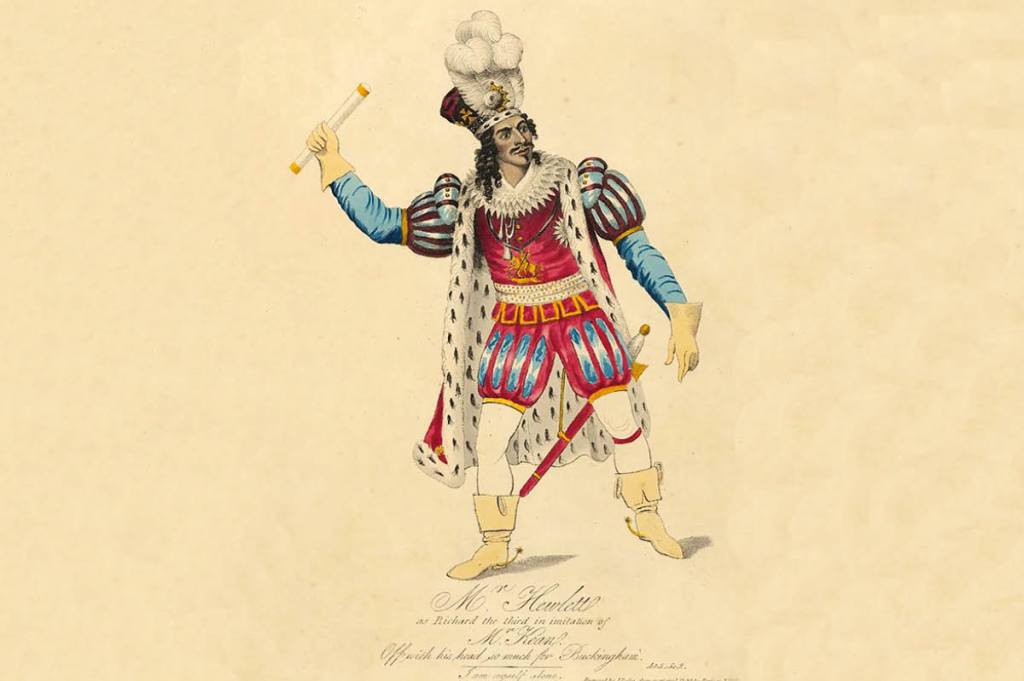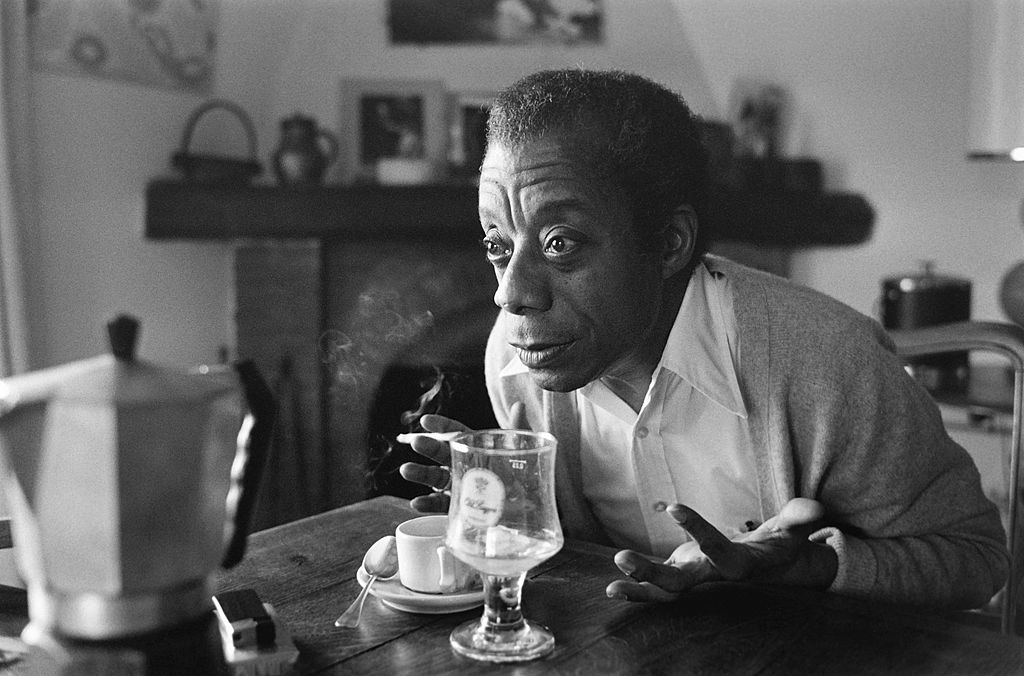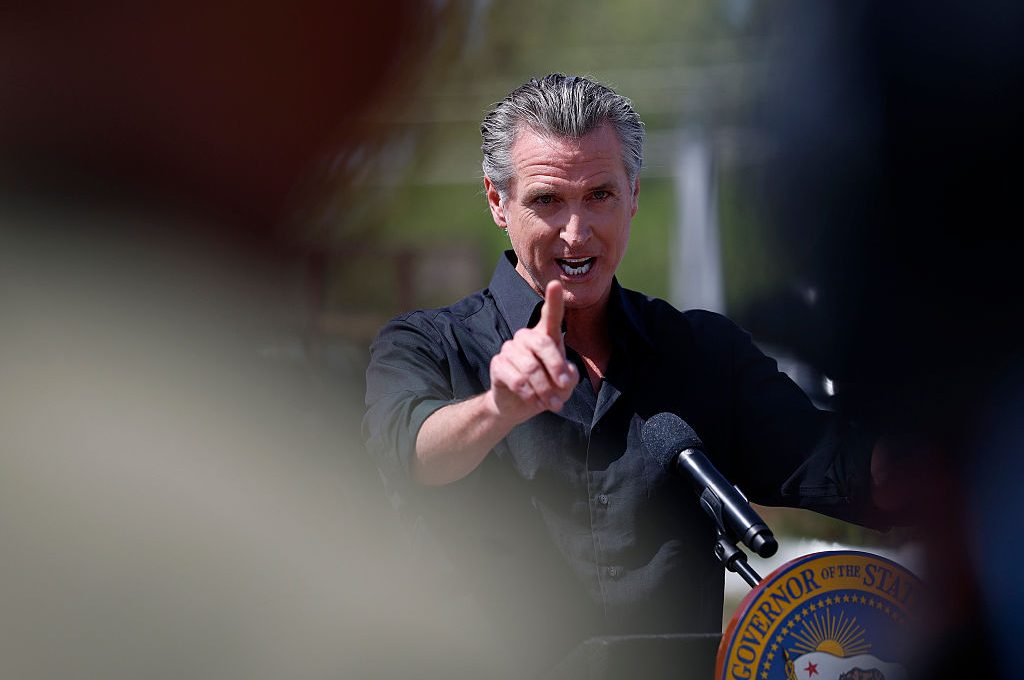Sarah Karim-Cooper first came to public attention at the cosmetics counter. Her book on makeup in Renaissance theater, Cosmetics in Shakespearean and Renaissance Drama, was published in 2006. Its enduring popularity is not so much a testament to her scholarly insights on powdered hogs’ bones mixed with poppy oil — the old stage recipe for pale skin — or Shakespeare’s sardonic references to the kind of beauty “purchased by the weight” in The Merchant of Venice, as to Karim-Cooper’s celebrity: for more than a decade she’s been one of the leading racializers of Shakespeare’s work.
Perhaps the key moment in her rise to fame was her 2018 curation of the Globe Theatre’s first “Shakespeare and Race Festival,” now held annually. Those who are scratching their heads trying to think where, besides Othello, or perhaps Shylock, you can find “race” in Shakespeare, should hie them to the postmodern cosmetic counter. Race is not where we find it — it is where we put it. And Karim-Cooper puts it everywhere.
In 2018 the hype explained: “This festival will highlight the importance of race to the consideration of Shakespeare not only in his time, but more urgently, in our own.” The festival included a lecture by Kimberlé Crenshaw, better known on this side of the Atlantic as an inventor of “Critical Race Theory” and the concept of “intersectionality” — the notion that people who fall into more than one stigmatized category suffer more than the sum of their grievances.
You may be sure that Karim-Cooper is on top of this. She has been effacing Shakespeare professionally for some seventeen years at Shakespeare’s Globe in London, where she is currently co-director of education and research. She is also professor of Shakespeare studies at King’s College, London, and has written prolifically on the bard and Jacobean theater. This month, Penguin Random House will release her newest book, The Great White Bard: How to Love Shakespeare While Talking About Race.
So far we have only the publisher’s blurb and the encomia from a handful of her admirers. These are ominous. Saith the Penguin: Farah Karim-Cooper “wants to take the playwright down from his pedestal to unveil a Shakespeare for the twenty-first century.” We will see Antony and Cleopatra and The Tempest subjected to “a radical reappraisal” and “look [Shakespeare] in the eye,” presumably to tell him what’s what. Though much of this is framed as that Karim-Cooper comes not to bury Shakespeare but to resurrect him, the book’s cover art shows his funerary bust toppled on its side. We needn’t necessarily judge a book by its cover, but the messaging is reasonably clear.
Karim-Cooper could hardly be more au courant. The entertainment industry, at least, is obsessed with racializing everything it touches — treating character, acting, dialogue, setting, plot, theme and all the appurtenances of theater and film as occasions to foreground race. Sometimes this works because, after all, we are constantly thinking about racial relations these days and the movies and plays may have something useful to say. But sometimes — quite often — the intrusion of race is more like the arrival of a helicopter at a chamber music recital: it doesn’t add anything and it drowns out the reason you’re there in the first place.
Netflix recently gave us Queen Cleopatra, which turned the Ptolemaic queen into a black woman, played by Adele James. The blackwashing didn’t go down well with the public, though it has its defenders at places such as the Guardian. In this case there’s a backstory: the durable insistence of certain Afrocentric propagandists that Ancient Egypt was a black African civilization. The idea has for decades maintained a grip on the minds of people who are determined to make history more congenial, and more than a few Western elites want to play along. A Dutch museum right now is locked in a dispute with contemporary Egyptians over its depiction of ancient Egyptian culture as black African: Kemet: Egypt in Hip-hop, Jazz, Soul & Funk at Leiden’s National Museum of Antiquities is raising hackles along the Nile. Ancient Egypt indeed enslaved black Afri- cans, principally from Nubia, but by the time of Cleopatra its civilization was firmly Mediterranean.
Blackifying history, however, is now so routine in American life that it hardly warrants a second glance. And it is not just history. The world of fantasy is also saturated with “woke” blackification. People are perfectly willing to indulge Black Panther, a pleasant diversion which imagines an ancient hi-tech African civilization hidden away in the fastness of the continent.
Greater imagination is required with stories such as The Woman King, which weaves a slender thread of fact — there were indeed women warriors in the slave kingdom of Dahomey — into a preposterous account of their military exploits.
This inclination doesn’t always go wrong. The conceit at the heart of Lin-Manuel Miranda’s Hamilton, in which America’s Founding Fathers are enacted by a (nearly) all-minority cast, makes a telling point about the universality of American aspirations. Orson Welles’s all-black Macbeth, the so-called “Voodoo Macbeth” of 1936, was a triumph of black theater that opened American eyes as much to a range of underappreciated theatrical talent as it did to the complexities of Shakespeare’s play.
I can go back a lot further. On September 17, 1821, the 300-seat African Grove Theater opened near Washington Square in New York City, with an all-black performance of Richard III, running a Shakespeare-heavy bill for two or three years. I came across references to it a few years ago while working on a documentary (alas, never completed) about the rise of Harlem’s Lafayette Theatre starting in 1916, which likewise featured all-black casts doing plays originally written for white actors, including Othello. The African Grove has now been “rediscovered” and appropriately honored in the press and by New York University, which owns the site.
The rediscovery that all along Shakespeare could be ably performed by black actors and appeal to black audiences complicates the self-congratulatory narrative of today’s blackifiers. Their efforts, of course, extend far beyond the traditional canon: the recent Sex and the City reboot, And Just Like That…, includes half a dozen “women of color” after the original was criticized as racist.
This is pretty much the new standard — “wokeness” in popular entertainment requires the foregrounding not just of blacks, but of Native Americans, gay and lesbian characters, and other formerly marginalized minorities. The New York Times, celebrating a Wild West novel of lesbian romance, quotes an English professor on “how many younger Black, Indigenous and other writers of color are being welcomed into the larger cultural conversation.”
Well, fine — but at some point the retrofitting of stories as if everything everywhere was always about race and we were just too racist to admit it becomes weary, stale, flat and unprofitable. When will we be met with a reboot of Gilligan’s Island focused on racial divisions among its multicultural castaways? Oops. We already had that in the 2022 Palme d’Or winner, Triangle of Sadness.
All of this is to say that audiences have long been open both to “nontraditional casting” and to adventures in ahistorical interpretation. But it becomes tiresome and absurd when people like Farah Karim-Cooper attempt to shoehorn race into everything.
I expect Karim-Cooper’s new book will be a commercial success. Books about Shakespeare generally do well, even when they aren’t actually about the works. I snapped up Shakespeare’s Book: The Story Behind the First Folio and the Making of Shakespeare by Chris Laoutaris the moment it came out. Likewise Gayle Greene’s Immeasurable Outcomes: Teaching Shakespeare in the Age of the Algorithm. I’m far from alone in my eagerness — because the plays and the poems are inexhaustible and yet sufficiently far from our own world that we want to “place” them. Laoutaris takes us into the din of the printer’s shop where skilled workmen turn whatever bits of Shakespeare’s scripts they have into organized texts. He makes us appreciate the “the casting-off process, the compositors, the bookkeepers, annotating editors of pre-printed copy texts, revisers of plays for new performances, and those who selected the sources that made up the copy from which the plays would be printed” — all of whom stand between us and the luminous words of Shakespeare himself.
Surely modern scholars would wish to straighten these crooked paths and make the road to Shakespeare as clear as possible. But there is an opposite itch on the part of some: they desire to estrange us from both the historical and the universal Shakespeare, first through distancing the man and his works from our ordinary experience, and second, having walled him off as a relic, re-inventing him for our own time.
Karim-Cooper, for example, published a book-length study, The Hand on the Shakespearean Stage: Gesture, Touch and the Spectacle of Dismemberment, which surely belongs in the genre of turning familiar things strange: Titus Andronicus, she points out, includes two episodes of hands being chopped off: offstage with Titus’s daughter Lavinia; on-stage, of Titus’s hand by the villainous Moor Aaron. Karim-Cooper also edited and contributed to a volume of scholarly essays, Titus Andronicus: The State of Play, which deals with matters such as “racial and sexual geographies” in the play, “blackness and domesticity” and “Aaron’s affect and race.”
I hope How to Love Shakespeare While Talking About Race, will involve less dismembering, but it is hard to say. Shakespeare’s plays are full of threats and violence, onto which it is not hard to graft hints of racial oppression. Whether that will give us a Shakespeare that is true, however, or one we can love, I have my doubts.
This article was originally published in The Spectator’s August 2023 World edition.

























